Bridesmaids
 It was inevitable that after numerous guy-centric raunchfests, the women needed their turn to be gross, disgusting, and funny. With Judd Apatow, the current master of the form, aboard, one of the summer’s brightest hits turned out to be the fresh Bridesmaids. Out now on DVD from Universal Home Entertainment, the film comes in two forms: the theatrical release and an unrated version that packs in six more minutes of stuff.
It was inevitable that after numerous guy-centric raunchfests, the women needed their turn to be gross, disgusting, and funny. With Judd Apatow, the current master of the form, aboard, one of the summer’s brightest hits turned out to be the fresh Bridesmaids. Out now on DVD from Universal Home Entertainment, the film comes in two forms: the theatrical release and an unrated version that packs in six more minutes of stuff.
Often, the film felt like it took the guys’ template and followed it so if there was barfing and pooping, then the women had to do it, too. Interestingly, though, despite the numerous sex scenes, there was scarcely any nudity, male or female, which tends to be a must for this genre. Clearly written by women, Wiig and Annie Mumolo, it shows women at their very best and very worst. Unlike the boy-centric offerings, this film lets its scenes play out, giving Wiig and the others a chance to really work each moment.
What this film has over the boys’ fare, is a story with true emotional core even though it is often stretched beyond credulity. Annie (Kristen Wiig) has been having it tough. Her cake business failed and she’s stuck in a dead-end job, with no boyfriend, and is deeply depressed. Despite having a circle of friends, none seem aware of how badly off Annie is. When her best friend Lillian (Maya Rudolph) gets engaged, Annie is asked to be the Maid of Honor and the rest of the film follows her pathetic attempts to plan the festivities while trying to bond with her fellow bridesmaids. All the while, the cattiness that marks female relationships is amplified, notably the rivalry between Annie and the pretty but cold Helen (Rose Byrne).
Annie’s life spirals down and then out of control so she is totally blind to the one good thing to enter her life, a friendly, romantically interested state trooper (Chris O’Dowd). The set pieces such as the failed airplane trip to Las Vegas or the over-the-top bridal shower let the ensemble have free reign and most make the most of it, notably Melissa McCarthy as the rude, crude, overweight and undersexed pal.
Obviously, true love and true friendship will win out in the end and getting there is certainly entertaining but the film is not without its faults. Several of the women are little more than two-dimensional types to round things out without adding much in the way of depth. Everyone’s blindness to Annie’s precarious financial situation is annoying (even if it results in the gross-out moments early on). Still, the bonds between real-life friends Wiig and Rudolph shine through and happily ground the film in a satisfying way.
The leads are well supported by the cast and it’s great to have one more opportunity to see the late, great Jill Clayburgh play Annie’s mother.
The film’s transfer is sharp and having both versions is a nice treat. The rest of the extras consist of the usually hodgepodge of Featurettes. The gag reel is nowhere near as funny as you would expect and the deleted, extended and alternate scenes show the value of having an editor. Noteworthy is a disastrous date between Annie and a guy (Paul Rudd) who gives men a bad name. The commentary from the filmmakers and cast isn’t bad with some interesting insights tossed in. (The Blu-ray, not reviewed, comes with additional features.)
One can hope that this doesn’t inspire bad knockoffs with women doing even grosser things to one another but does allow filmmakers to take more chances with all-female ensembles and comedies.

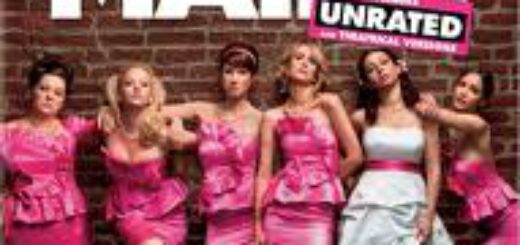
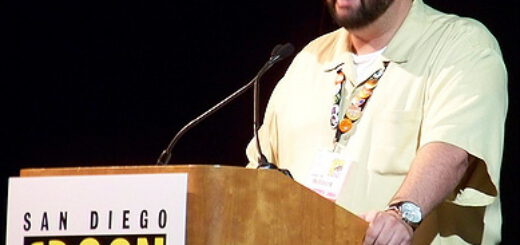
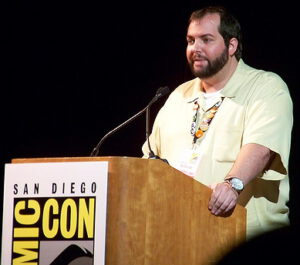

 Robert Kirkman fans ought to pull out a celebratory snack from their beards, and rejoice as AMC has given the go to a pilot for the long running comic series The Walking Dead. Kirkman’s series, a “what happens after the zombie movie is over”, will be brought to the cable network from an adaptation from scribe Frank Darabont, and will be produced by Gale Anne Hurd and David Alpert. Fans should feel safe in Darabont’s pen, as it’s adapted (and directed) some major works in the past, including Stephen King’s The Mist, The Shawshank Redemption and The Green Mile, as well as The Blob and The Fly II.
Robert Kirkman fans ought to pull out a celebratory snack from their beards, and rejoice as AMC has given the go to a pilot for the long running comic series The Walking Dead. Kirkman’s series, a “what happens after the zombie movie is over”, will be brought to the cable network from an adaptation from scribe Frank Darabont, and will be produced by Gale Anne Hurd and David Alpert. Fans should feel safe in Darabont’s pen, as it’s adapted (and directed) some major works in the past, including Stephen King’s The Mist, The Shawshank Redemption and The Green Mile, as well as The Blob and The Fly II.  From Rachel Bevilacqua, who’s raising money for a child custody court case:
From Rachel Bevilacqua, who’s raising money for a child custody court case: Meet Phil Morris, a man who’s love for the action hero genre stretches even into his bloodline and wait until you hear what he has planned next, plus Spider Girl is back again and Ingrid Michaelson‘s Twitter Tune that will be stuckin your head all weekend guaranteed.
Meet Phil Morris, a man who’s love for the action hero genre stretches even into his bloodline and wait until you hear what he has planned next, plus Spider Girl is back again and Ingrid Michaelson‘s Twitter Tune that will be stuckin your head all weekend guaranteed.

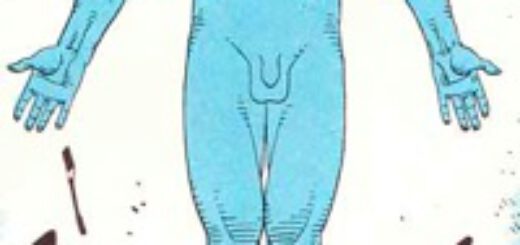
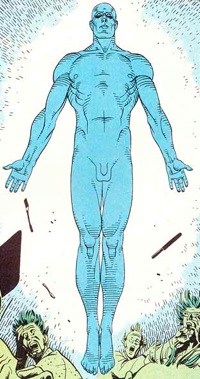 Editor’s note: With the imminent release of Watchmen, we thought we’d try and get a different perspective. So we asked Alexandra Honigsberg, a professional ethicist and genre author, to read the book for the first time and delve into the ethos of the world created by Alan Moore and Dave Gibbons.
Editor’s note: With the imminent release of Watchmen, we thought we’d try and get a different perspective. So we asked Alexandra Honigsberg, a professional ethicist and genre author, to read the book for the first time and delve into the ethos of the world created by Alan Moore and Dave Gibbons. Every director these days is either enamored with shooting films in 3-D or for IMAX or both. DreamWorks’ Jeffrey Katzenberg has become the 3-D Preacher, going around the country extolling its virtue.
Every director these days is either enamored with shooting films in 3-D or for IMAX or both. DreamWorks’ Jeffrey Katzenberg has become the 3-D Preacher, going around the country extolling its virtue. The New York Times
The New York Times








